A few years ago (around 3 years) I've made a very basic circuit to make a led blink to the sound.
The circuit a single regulator connected to a USB port to extract 5V, with a 3.3V led, conected to a simple 3.5MM cable connected to the sound card, using the left channel.
This circuit worked great, but it was too weak and the sound would be very bad.
This is probably because the electrivity was being mixed with the audio signal.
I don't remember which regulator I've used, but it was one from an old TV, which would lose 0.5V below 12V, and worked with a minimum of 3V.
Posing this, what is the simplest sound-reacting led circuit?
To be a simple circuit, it must require the minimum amount of parts and must be easily assembled without a breadbord or prototype board.
My budget is incredibly low, so, I can't afford to buy and learn how to use a soldering iron, but if it is required I will try to find one.
If it isn't required, I would be really happy.
Optionally, this circuit may be made to work with a Molex connector, on the 12V rail, which I can easily find power supplies and cables to test it.
